I recently participated in a Fuse Research Event, giving the Keynote presentation on the importance of transitioning our food system and how the Food Ladders framework can support this. My talk starts at about 25 minutes into the recording.
I discussed the current food insecurity situation, drawing on the Autumn 2022 Food and You 2 data. This data is published by the Food Standards Agency and is an official set of government statistics. I talked about how we have never had full food security and the reasons for this. I then introduced the Food Ladders framework and provided some comparisons between different approaches. I showed the statistics for food bank use versus pantry/food club/social supermarket use, as well as the details about national understanding. I concluded with some gaps in understanding that still need to be addressed. The final slide provides relevant links to other works I have produced on this topic.
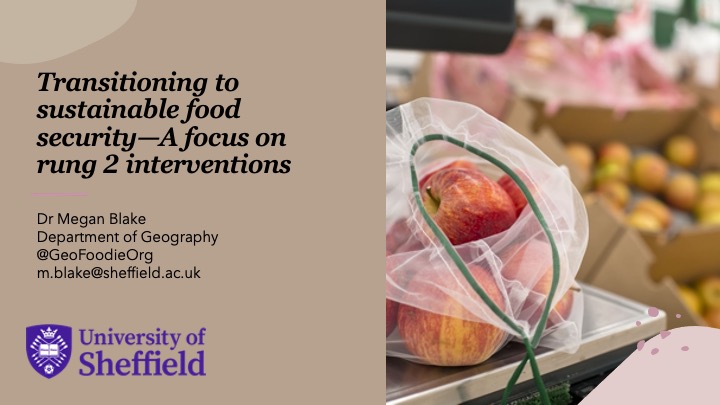
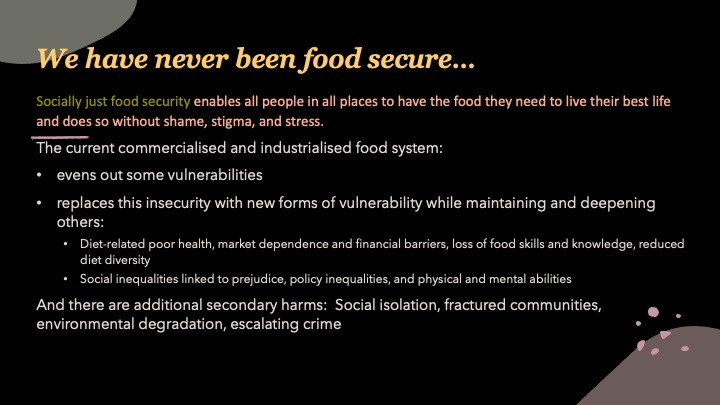



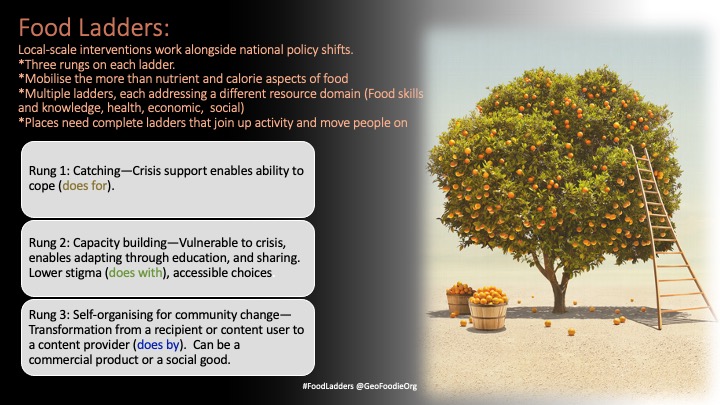
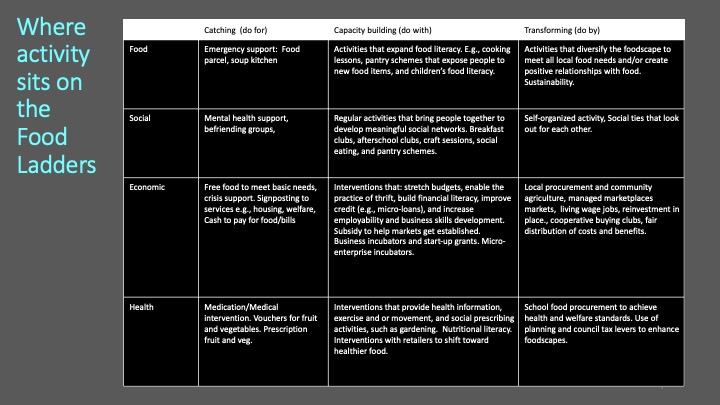
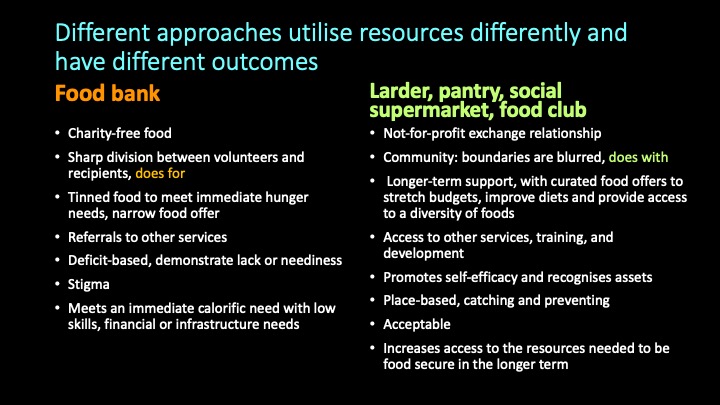
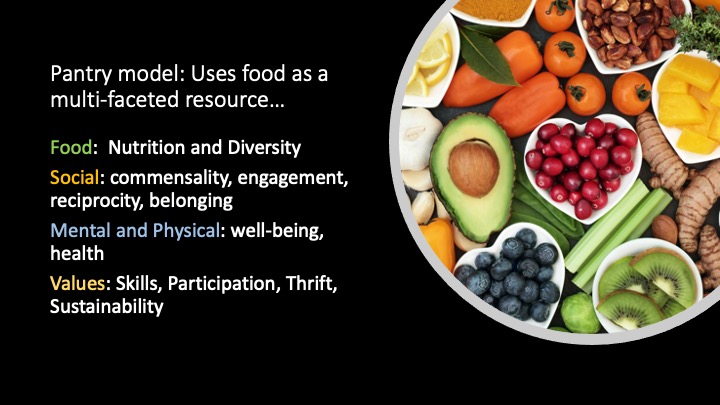
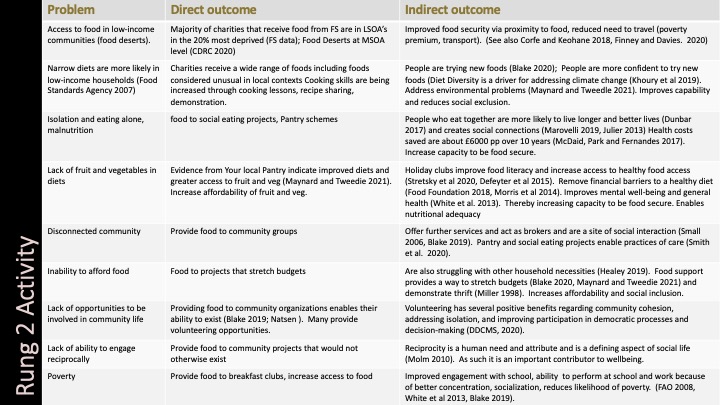
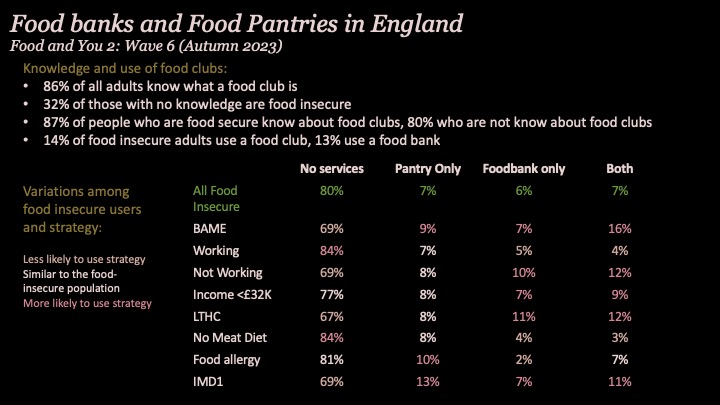
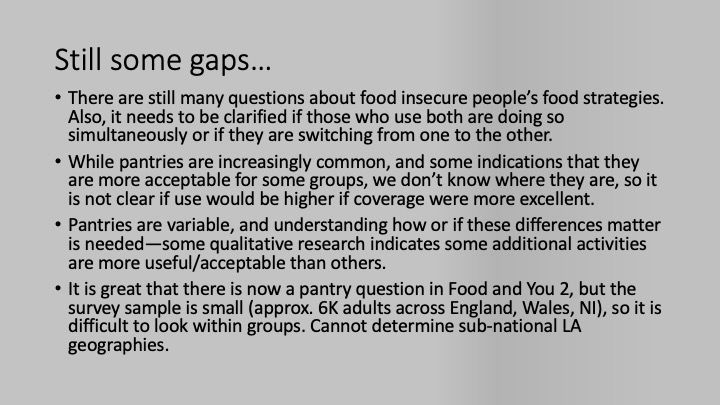
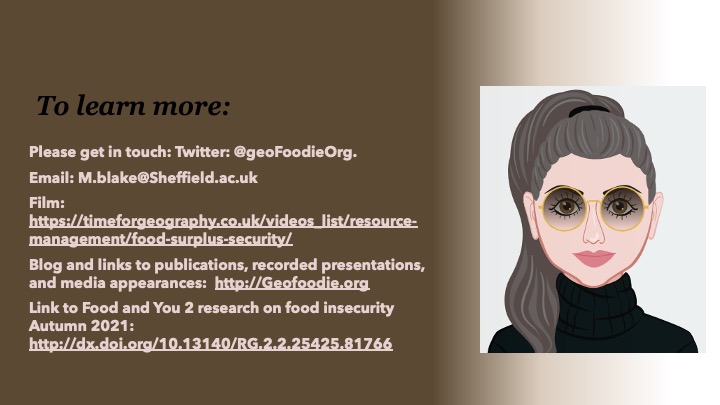
In addition to my talk, others provided interesting research covering children, people with mental health issues, and what I would consider rung 2 interventions on the ladders. You can also see these presentations and download the slides from the links above.







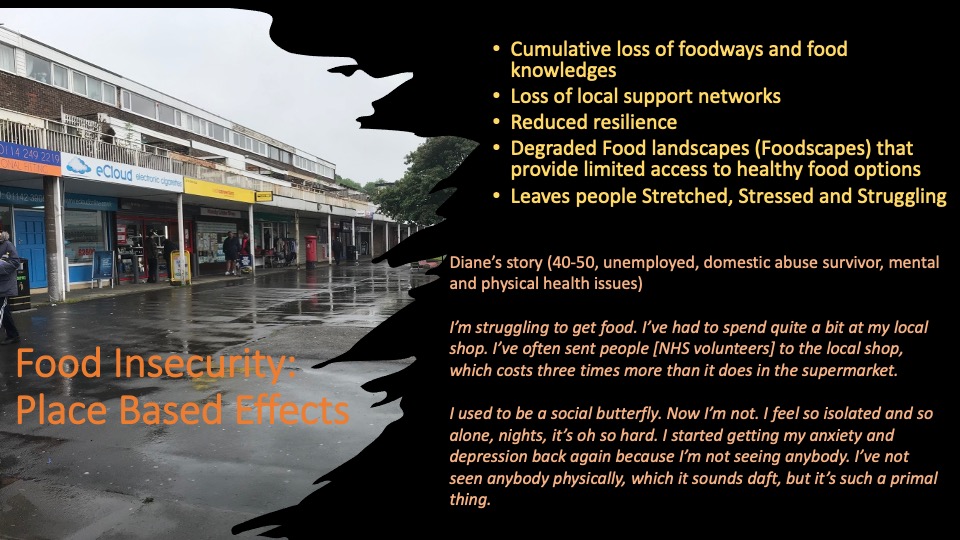
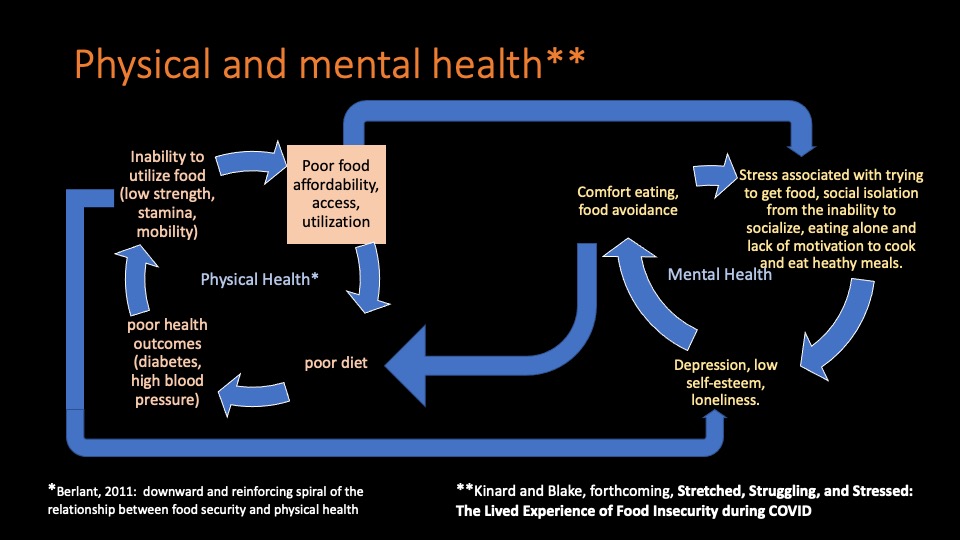








You must be logged in to post a comment.